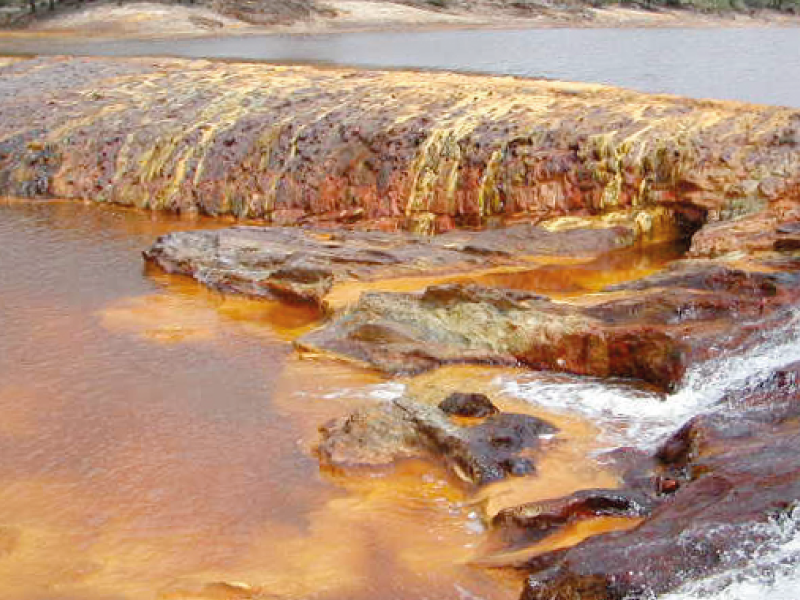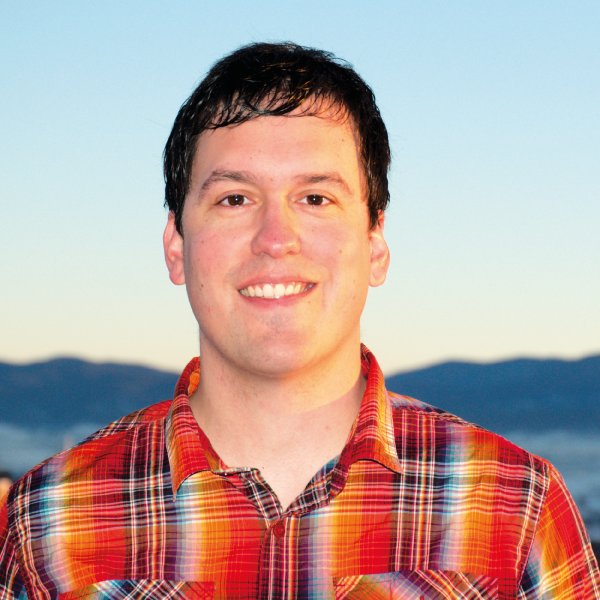Two things must be true for chemotrophic microbes to gain chemical energy from their environment. First, there must be a source of energy, provided by compounds in differing oxidation states that are out of thermodynamic equilibrium. Second, there must be mechanistic difficulties that are keeping those compounds from reacting, preventing chemical energy from dissipating on its own. Using this energetic reference frame, geochemical habitability requires the combined presence of energy sources and kinetic barriers, which are determined by temperature, pH, and concentrations of reactants and products. Boundaries of habitability are therefore quantifiable for any relevant geochemical variable. Iron oxidation reactions have been chosen to illustrate this point as kinetic and energetic boundaries can be found at conditions readily attainable in natural systems. Kinetic boundaries have been determined by in situ experiments that distinguish between biotic and abiotic rates, while thermodynamic boundaries have been calculated using compositional data from many hundreds of natural systems where iron oxidation occurs. Mapping these boundaries in pH and temperature space yields a new view of habitability helps redefine extreme environments as those near the kinetic or thermodynamic limits.
Brian St Clair received a BS in Chemistry and a BA in Spanish language from the University of Arkansas. He is currently in the final stages of a PhD in Environmental Life Science at Arizona State University. This interdisciplinary framework allowed him to pursue research at the intersection of chemistry, geology, and microbiology. His interests include exploring fundamental geochemical constraints on life as well as developing practical bioremediation techniques. This had led to field centered studies of rates and thermodynamics of chemical transformations instigated both biotically and abiotically in diverse natural systems. Work to date has focused on quantifying transformations of redox active metals, particularly iron, in hot springs, mine drainage, cold springs, and alpine lakes. Together these sorts of data provide a physical-chemical understanding of how microbes interact with and transform their environment.

